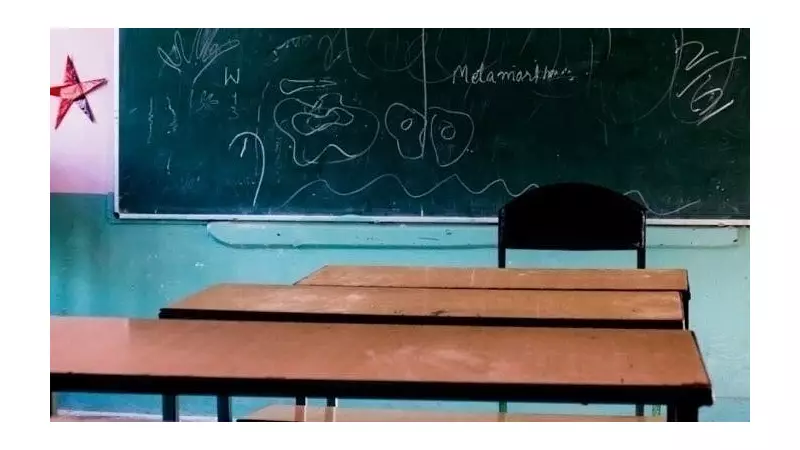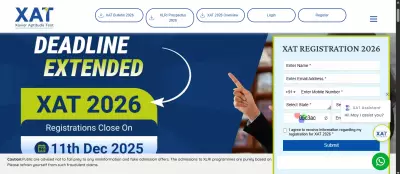
In a startling revelation that exposes critical gaps in India's education infrastructure, official data has uncovered that nearly 8,000 schools across the country operated with zero student enrolment during the 2024-25 academic session. This educational ghost town phenomenon has left thousands of teachers in the peculiar position of having no students to teach.
The Scale of Empty Classrooms
According to the Unified District Information System for Education (UDISE+) data, a comprehensive 7,982 institutions reported absolutely no student registration for the current academic year. The situation becomes even more concerning when considering the human resources deployed to these vacant institutions.
Teachers Without Students
The data reveals that approximately 20,219 qualified teachers were assigned to these student-less schools, creating an unprecedented scenario where educational professionals are present but have no pupils to educate. This represents a significant misallocation of both human and infrastructure resources in the education sector.
Regional Disparities and Patterns
The phenomenon isn't isolated to any single region but appears across multiple states, though some areas show higher concentrations of empty schools. This pattern suggests deeper structural issues within the education system that require immediate policy attention.
Possible Contributing Factors
- Migration patterns from rural to urban areas
- Consolidation of schools in nearby areas
- Preference for private institutions over government schools
- Changing demographic patterns in certain regions
- Infrastructure development creating new educational hubs
Broader Implications for Education Policy
This alarming situation raises fundamental questions about how educational resources are allocated and monitored. The presence of thousands of teachers in schools without students indicates a need for more dynamic resource management and regular assessment of school viability.
Education experts suggest that this data should serve as a wake-up call for policymakers to reevaluate school distribution patterns and implement more responsive systems that can adapt to changing demographic and educational landscapes.
The Way Forward
The empty school phenomenon underscores the urgent need for educational planning that's more aligned with ground realities. Potential solutions could include:
- Regular assessment of school viability and enrolment patterns
- Flexible teacher deployment policies
- Consolidation of under-utilized educational infrastructure
- Enhanced monitoring of student migration patterns
- Development of multi-purpose educational facilities
This situation represents both a challenge and an opportunity for educational reformers to create a more efficient and responsive system that better serves India's educational needs.





